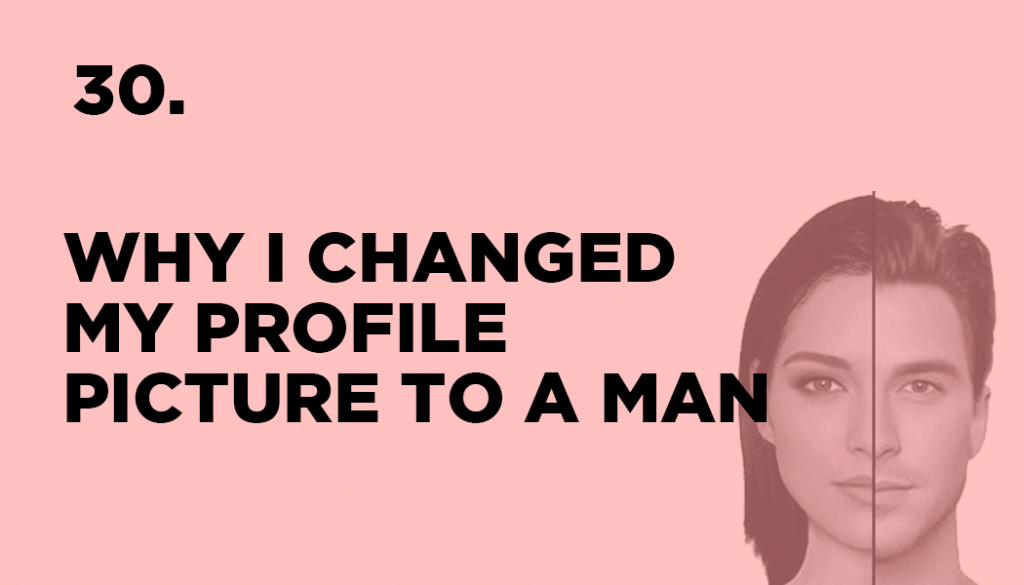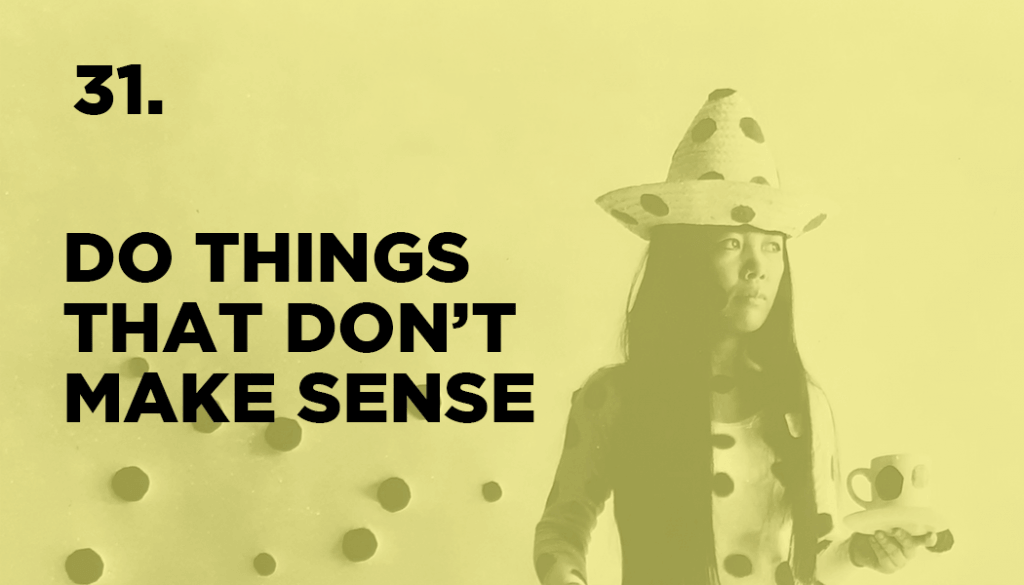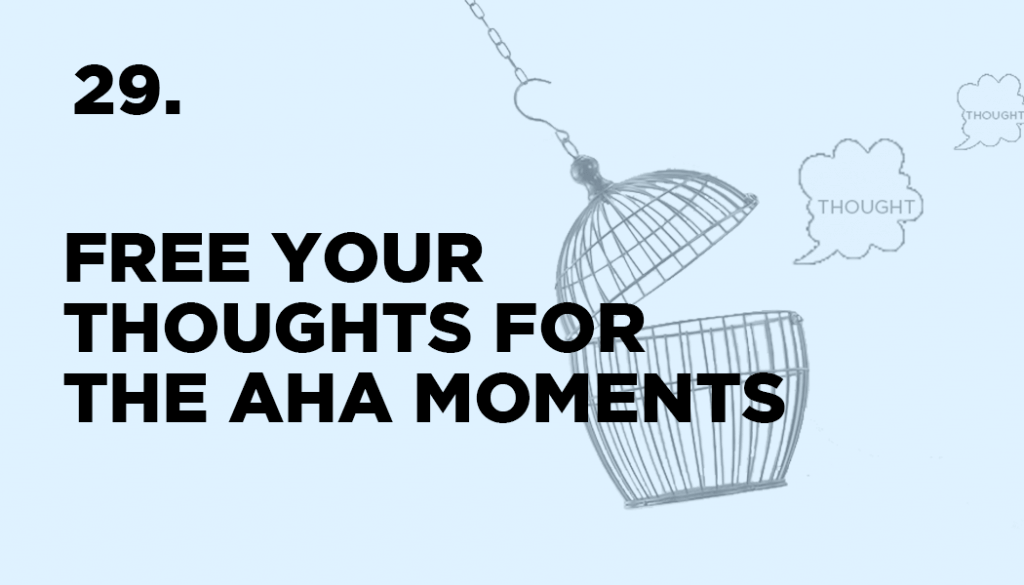Candidate: “Hi, I am interested in the position. I took a look at Roomhints Mobile app and am impressed. You have built something big.”
Me: “Thank you for taking the time to talk today. I look forward to learning more about you and thanks for taking a look at Roomhints Mobile App. It’s been a lot of hard work to build it to where it is today.”
Candidate: “Most people don’t work hard all the time. And most cases, for young women like you, it would be harder”
In 2016, when hiring for the startup I founded, Roomhints Mobile App, the initial candidate screening was done via Slack. Roomhints was a scrappy, ramen eating, 100% bootstrapped startup, and even though everyone “thinks” they want to work for a startup – it’s not for everyone. Online screening was an incredibly valuable step to understand the candidate’s appetite for autonomy and ambiguity.
Starting out I did the initial screening as myself, Tiff. Makes sense, right! Frustratingly, most of the conversations would enter into a gender conversation vs. a coding or job interview.

My stomach twisted into knots after dozens of conversations turned to gender vs. coding. Why were these candidates projecting this narrative onto me? I firmly believe that gender doesn’t determine one’s ability to lead a tech startup. However, it became apparent that not everyone held this same belief.
I learned that the candidates were expecting to be interviewed by a male, work on a team of male colleagues, and be managed by a male.

The disrespectful assumption, that our CTO was a male, had me biting my nails. “Why don’t you let him manage me?”
Half problem solving and half wanting to get off the online screening hamster wheel, I wondered, what would happen if my stock photo was a male? Would gender conversations still arise?
The Experiment
With that, I found a generic male stock photo and my name was Sam. The social scientist in me was enthusiastic to see what would happen.

Sam was more efficient during the online screening interview and had a greater conversion rate of candidates to in person interviews. After 500 candidate interviews as Sam, there were zero comments related to gender, attractiveness, or age. The experiment was a success.
Sam would ask the preliminary questions to see if the candidate was a good fit. Then Sam would detail that the in person interview is done by the CEO of the company, me, and the lead engineer, Joe. This gave the candidate full transparency of the team.
The Outcome
This experiment lit a fire under my belly to do better for women of future generations.
Knowing the bias I experienced as a “female tech leader,” I learned how important it was for me to put my face out there as a woman in technology. I can help to open the eyes of the world to see that gender does not play a role in how capable one is to run a technology startup.
I switched Sam’s photo out and put my photo back in. Yes, there were more gender conversations and I welcomed them.
If the conversation had any inappropriate remarks, I spoke up, I defended myself as a woman. I also was curious to dig deeper to understand why they may have a certain opinion on a female running a technology startup. I remained open to learning more about their perspective and assumptions. Had they worked for or with a female in technology before? In most cases the candidate had not worked for a female or had a female on their team.
Although Sam screened hundreds of possible candidates, it wasn’t Sam who was better at screening. A beautiful thing happened when I was authentic to myself, our startup in turn attracted and hired people who were the right fit for the company and culture. They loved the problem we were solving and were excited to build Roomhints Mobile app as a diverse team.
So, be receptive to discussions that might be unsettling and, with empathy, express your viewpoint to challenge constricting notions, like the idea that gender impacts one’s ability to lead a tech startup. To effect change, it’s crucial for everyone to have the opportunity to collaborate with a diverse team, one where they recognize that diversity in gender, age, and race is a source of strength and super power!



